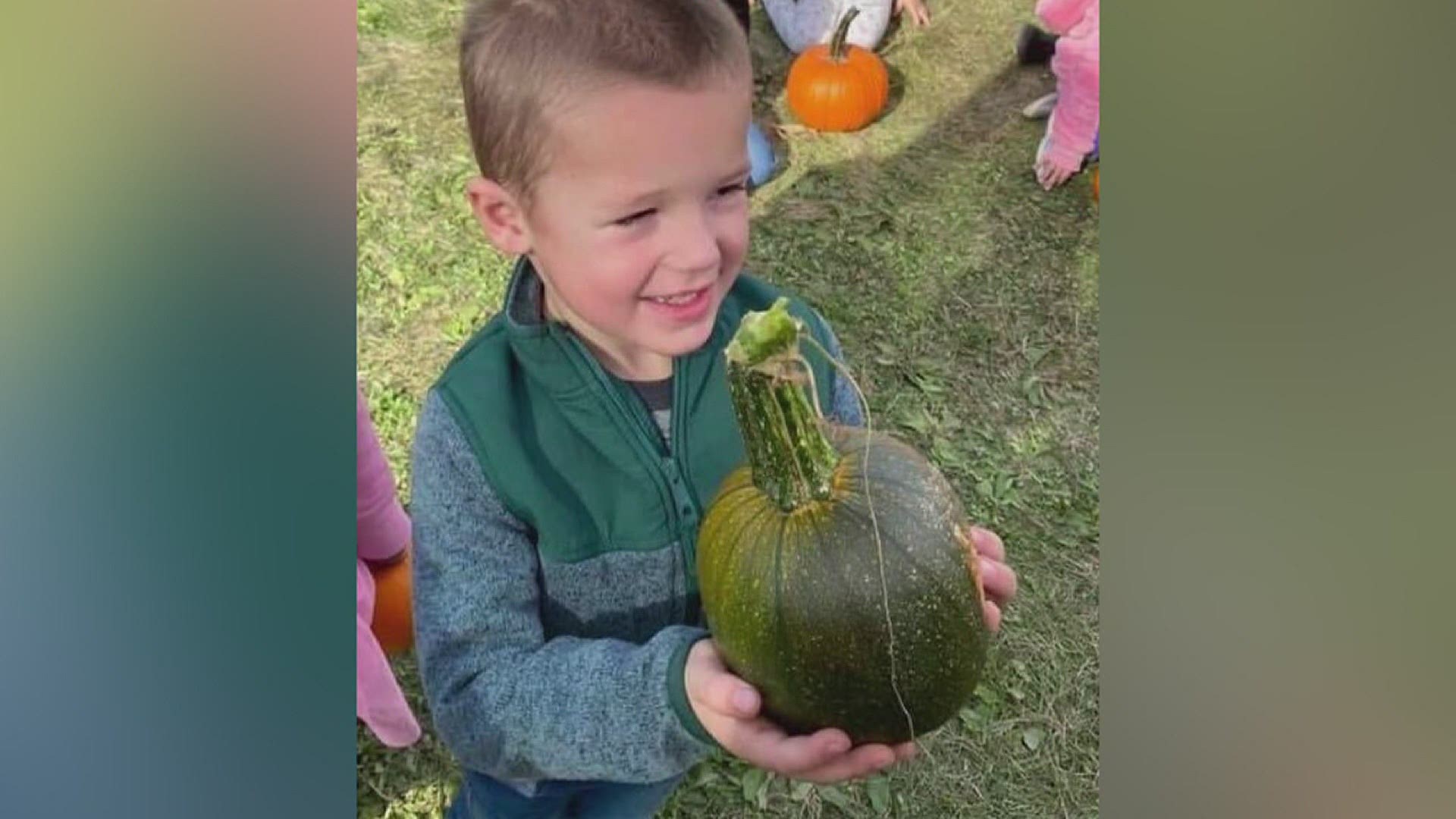Editor's Note: Due to its popularity, we're bringing this trending story back
Pumpkins are organic things. No matter what you do, your pumpkin will eventually rot, but there are some things you can do to get the longest life out of your Halloween pumpkin.
Extending the usefulness of your pumpkin is a matter of keeping it hydrated while inhibiting rot, mold and bacteria growth. Keeping hungry critters away is also important.
There are commercially-available products marketed to extend the life of your cut pumpkin. There are also some suggestions that use long-held food preservation techniques, and others that rely on commonly-available household items.
Give yourself a good start with a firm pumpkin that doesn’t have any soft spots or blemishes on the skin. Store uncut pumpkins in a cool, dry place to keep them fresh longer. Wait as long as possible to cut your pumpkin.
Keeping the pumpkin cool but not frozen, protected from rain and out of direct sunlight, can help as can keeping the shell as thick as possible, by scraping as little as you can from the inside.
If the weather is warm, you could consider putting your pumpkin in the refrigerator or in a cool place such as your garage when it is not on display. Candles also heat the inside of the pumpkin more than battery-operated tea lights or glow sticks, and that extra heat can speed up rot and mold growth.
If it shrivels because of dehydration, a soak in water for several hours or even overnight can help revive the dried out pumpkin.
If you choose to use chemicals or oils to help preserve your pumpkin, you’ll want to keep in mind that many of those products can be flammable so using candles with treated pumpkins can be dangerous. Try those glow sticks or battery-operated tea lights instead.
Silica gel wicks away excess moisture, which can cause your pumpkin to rot and mold. It should be handled carefully, though, and not ingested. Remember, dehydration can also be a problem for pumpkins.
Borax (sodium tetraborate decahydrate) is the active ingredient in some commercial preservative sprays. Borax kills bacteria and mold and inhibits mold growth. MyScienceProject.org tried several popular suggestions for preserving carved pumpkins, and determined commercial preservative spray worked best but was only slightly better than simply leaving the pumpkin alone.
If your problem is critters that like to eat your pumpkins, you could try spraying them with hairspray, acrylic finish spray or smearing hot sauce mixed with petroleum jelly on the pumpkin. Each of those can be effective repellents.
Hair spray and acrylic finish spray (clear coat) are also sometimes suggested as sealants for the pumpkins, but several sites we checked claimed neither did much to improve the porch-life of a cut pumpkin. Same goes for using wax, white glue or paste as a sealant.
Applying vinegar seems to be an even less-popular solution to preserving your pumpkin. Although white vinegar is naturally anti-bacterial, it reportedly does little to deter bugs and squirrels from eating the pumpkin.
Bleach is a popular suggestion for inhibiting bacteria and mold growth on cut pumpkins. If you use any solution containing bleach, it’s important to apply it in a protected area in case of overspray, and to wear household rubber gloves to protect your skin. Various sites recommend concentrations ranging from a teaspoon per quart of water up to a quarter-cup of bleach per gallon of water, which you then spray or wipe on all inside and outside surfaces of the pumpkin. ExtremePumpkins.com suggests spraying household cleaner that contains bleach on all cut surfaces, including the interior and the underside of the pumpkin’s cap, to make the pumpkin last about twice as long as it might with no treatment at all. Another site suggests also misting the cut pumpkin daily with the bleach cleaner to help kill off anything trying to grow on it.
Whether or not you apply a bleach solution, sealing the surfaces is another popular solution for extending the life of your pumpkin. The idea is to seal in moisture while preventing mold and bacteria from setting up shop on your pumpkin. Suggestions include applying petroleum jelly, vegetable or olive oil, or even WD-40 to the inside and outside of the pumpkin. Those oily products can be uncomfortable to apply and it can be challenging to get them to adhere to the pumpkin surfaces. However, applying petroleum jelly or oil to the outside of your pumpkin could make pranksters think twice about trying to touch it.

